
Do you have a question about the Allen-Bradley 1756-IA32 and is the answer not in the manual?
| Brand | Allen-Bradley |
|---|---|
| Model | 1756-IA32 |
| Category | Control Unit |
| Language | English |
Describes operational characteristics and safety guidelines for solid-state controls.
Explains various safety alert symbols and their significance.
Explains how modules are mounted in a chassis and connected.
Details how to track module identity and retrieve module status.
Describes how input modules receive and process data via RPI and COS.
Explains how output modules receive commands and echo data.
Explains how to define multiple owner-controllers for input modules.
Lists features common to all ControlLogix digital I/O modules.
Explains the ability to insert/remove modules while power is applied.
Describes hardware and software indication of module faults.
Explains electronic keying to prevent communication with mismatched modules.
Explains data transfer via RPI (Cyclic) or COS (Change of State).
Explains adjusting filter times to improve noise immunity.
Configures unique output states for Program or Fault modes.
Describes internal electronic/mechanical fusing for module protection.
Enables turning outputs On/Off at a scheduled time.
Detects loss of field power on output modules.
Verifies output circuit functionality without changing load device state.
Indicates screw-to-backplane response time for fast modules.
Provides information for operating equipment in hazardous locations.
Provides instructions for installing or removing modules.
Explains how to key the RTB to prevent wrong wiring connections.
Guides on connecting wires to RTBs or IFMs.
Details steps for installing the RTB onto the module.
Guides on removing the RTB from the module.
Provides steps to remove the module from its chassis.
Outlines the steps for configuring a ControlLogix digital I/O module.
Guides on adding a new local or remote I/O module in RSLogix 5000.
Explains how to review and edit module configuration settings.
Defines controller-to-module behavior, including RPI and inhibit options.
Describes status indicators for input modules.
Describes status indicators for output modules.
Explains how to use RSLogix 5000 software for fault diagnosis.
Details how to determine the type of fault from connection messages.
Describes tags used for standard and diagnostic input modules.
Describes tags used for standard and diagnostic output modules.
Details tags for fast input modules, including array structures.
Details tags for fast output modules, including array structures.
Explains using Message instructions for module services and configuration.
Details entering parameters on the Configuration and Communication tabs.
Demonstrates using timestamped inputs for synchronized outputs.
Explains using CIP Sync timestamps for synchronized fast I/O.
Shows ladder logic for resetting fuses, pulse tests, and diagnostics.
Demonstrates retrieving module identification and status using WHO service.
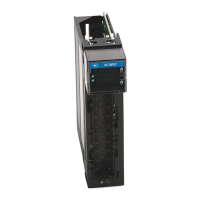


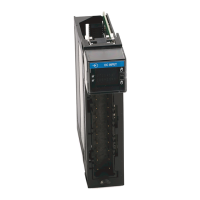

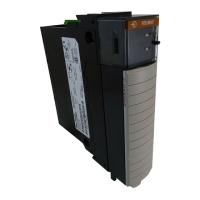

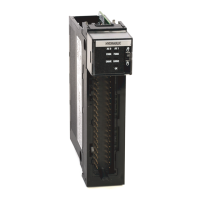
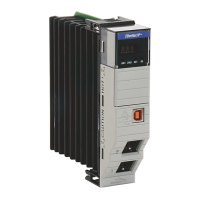



